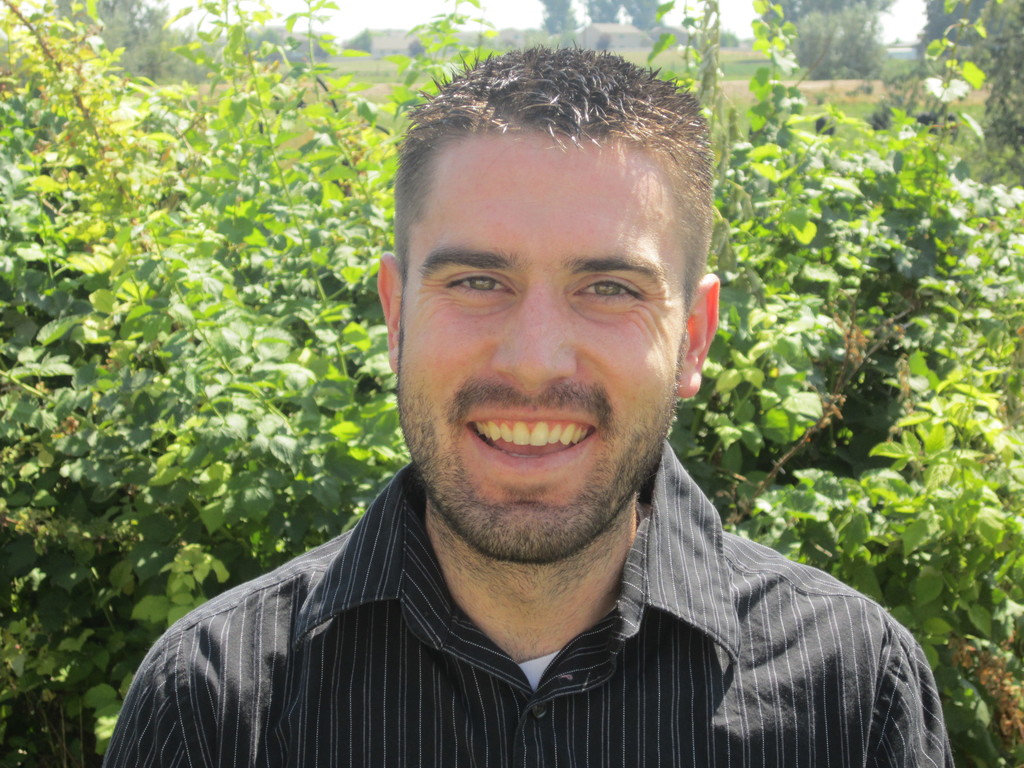There has been much discussion on how Idaho’s adoption of the Common Core State Standards — or what the Department of Education has affectionately renamed as the Idaho Core Standards — will impact student learning outcomes. However, there has been relatively little discussion on the new assessment Idaho has chosen to assess student learning under the new standards named the Smarter-Balanced Assessment Consortium (SBAC), particularly on its impact to students with disabilities.
SBAC touts that its new assessment will be superior to previous tests, such as Idaho’s current ISAT multiple-choice model, due to the fact that its test “will go beyond multiple-choice questions to include extended response and technology enhanced items, as well as performance tasks that allow students to demonstrate critical-thinking and problem-solving skills.”1 One key difference between the new SBAC and former ISAT model is the portion of the assessment called the “performance task.”
This portion of the assessment is complex2: the assessment requires that the classroom teacher present students with a topic; guide students through several sources including articles, videos, and other media related to the topic; ask students to collaborate with each other by sharing ideas, evaluating the media, and summarizing the material; and then task the students with writing a product responding to the topic or prompt.
This approach combines teaching with assessment and allows students to continue sharpening their skills during the test, which is truly a win-win for both the teacher and the student. However, one must consider how students with disabilities will fit into this model.
Consider that many students with disabilities qualify for special education services that take place outside of the general education classroom. Instead, these students receive specialized instruction according to goals created in the student’s Individualized Education Plan (IEP). The specialized instruction for these goals take place in a separate classroom, often called a resource room. The number of students served in such a setting is not small; about 13 percent of students qualify for special education.3 In a secondary setting, such as the school I teach in, students in such rooms are routinely grouped on ability, not by grade level.
This creates a challenging problem for special education students because they are not in the general education setting that SBAC expects during the performance task portion of the assessment. SBAC requires that during the 11th grade year all Juniors will be given the performance task portion of the assessment together in the same room where they can collaborate together, and the resource room setting cannot supply this requirement. The most likely solution that will be implemented is to move special education students out of their resource setting into a general education classroom for the duration of the assessment, but that possibility creates many challenges of its own.
Let us examine a hypothetical situation in which the suggestion above is implemented through the eyes of “Johnny.” Johnny is an eleventh grade student who qualifies for special education services because of a specific learning disability in reading. This disability has adversely affected both his reading fluency and comprehension leaving Johnny reading at a fifth grade level, and thus the need for specialized instruction in a resource room setting designed to help Johnny overcome his disability.
Let’s assume that Johnny is transferred from the resource room setting to the English general education classroom for the duration of the performance task of the Language Arts SBAC. What explanation is he to offer to the classmates on why he suddenly transferred into the class mid-semester? Should he explain to them that he is a special education student who normally receives his instruction in a separate setting, and would he risk ridicule or bullying for revealing this information?
When presented with complex texts examining a topic with harsh multisyllabic vocabulary that is difficult for Johnny say aloud—let alone comprehend—how will Johnny react? Will his peers notice Johnny struggling over the words and information? Will they make fun of him or think less of him for the substantial gap in his reading ability in comparison to their own?
Finally, when expected to collaborate with his peers, as the performance task requires, will his peers engage him as an equal partner in their discussion? Will they help Johnny comprehend the words and sentences he had trouble understanding, or will they push him to the side because there is limited time for the task?
High school can be a tough place for all adolescents. It can be even tougher for vulnerable portions of the student body such as special education students. Every student has the right to maintain dignity and be free from ridicule and harassment during their time in school. I have extreme trepidation for special education students during the performance task portion of the SBAC as it may invite exactly the problems special educators strive to protect special education students from. Luckily, we have time to generate solutions. Idaho won’t launch this new assessment until the 2014-2015 school year. Make sure we are advocating for best practices for all students, special education students included, as we march closer to the new exam.
References
1Smarter Balanced Assessments.” Smarter Balanced Assessment Consortium. N.p., n.d. Web. 14
Aug. 2013. <http://www.smarterbalanced.org/smarter-balanced-assessments/>.
2“Grade 11 Performance Task.” Smarter Balanced Assessment Consortium, n.d. Web. 14 Aug.
2013. <http://www.smarterbalanced.org/sample-items-and-performance-tasks/>.
3“Students With Disabilities.” National Center for Education Statistics. US Dept. of Education,
n.d. Web. 14 Aug. 2013. <http://nces.ed.gov/fastfacts/display.asp?id=64>._

